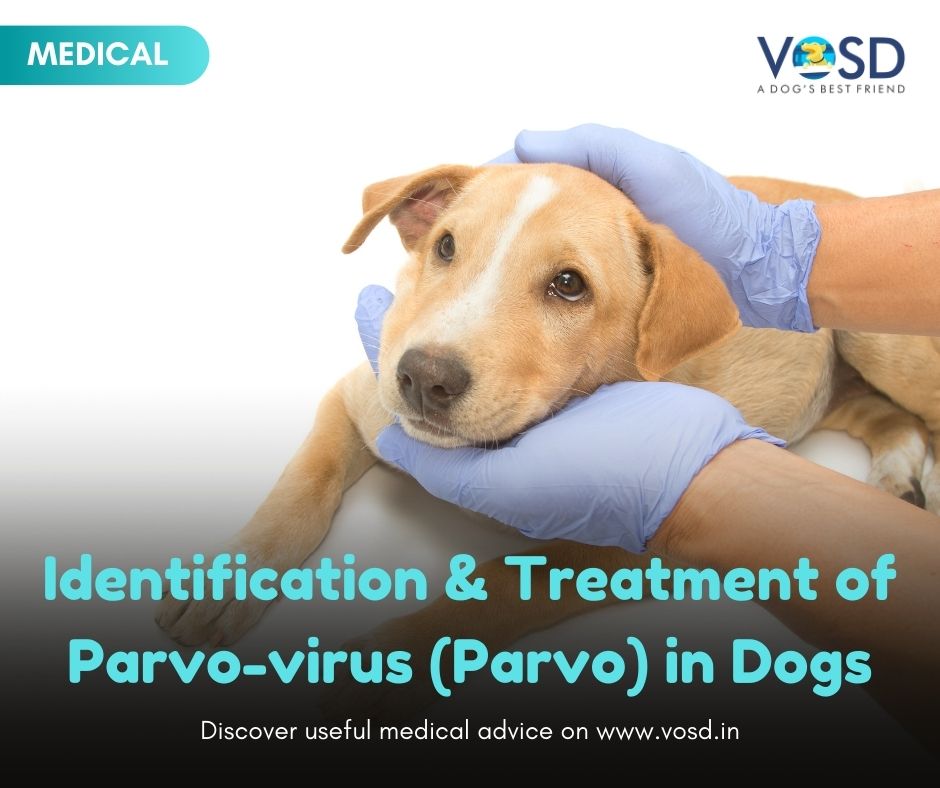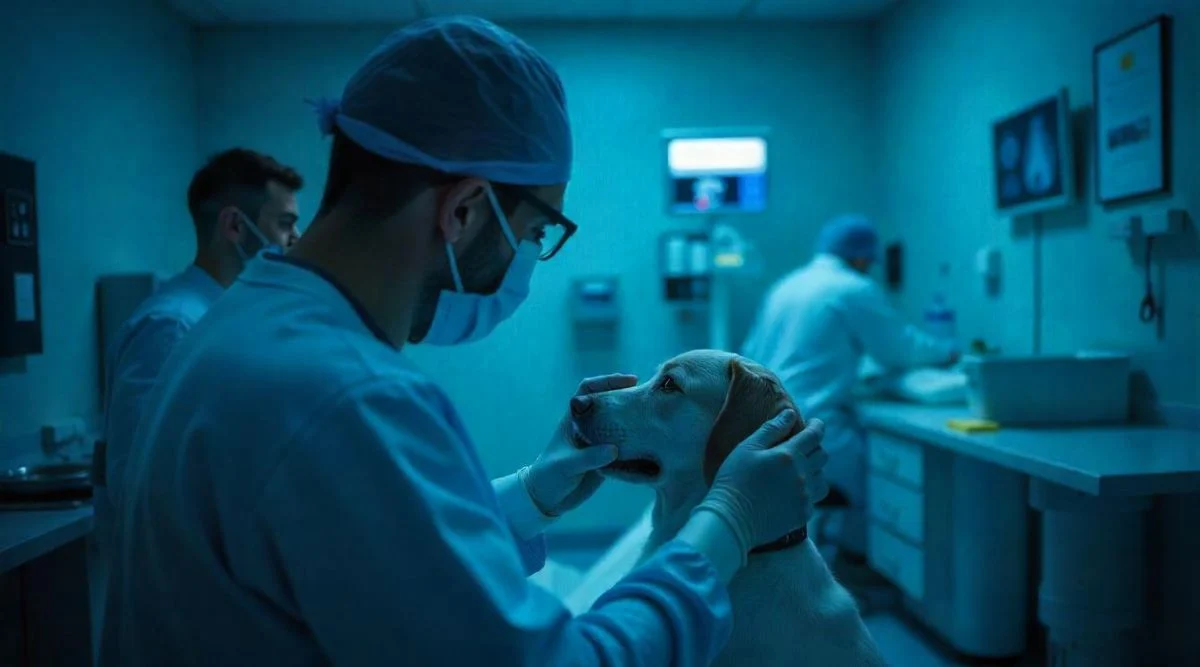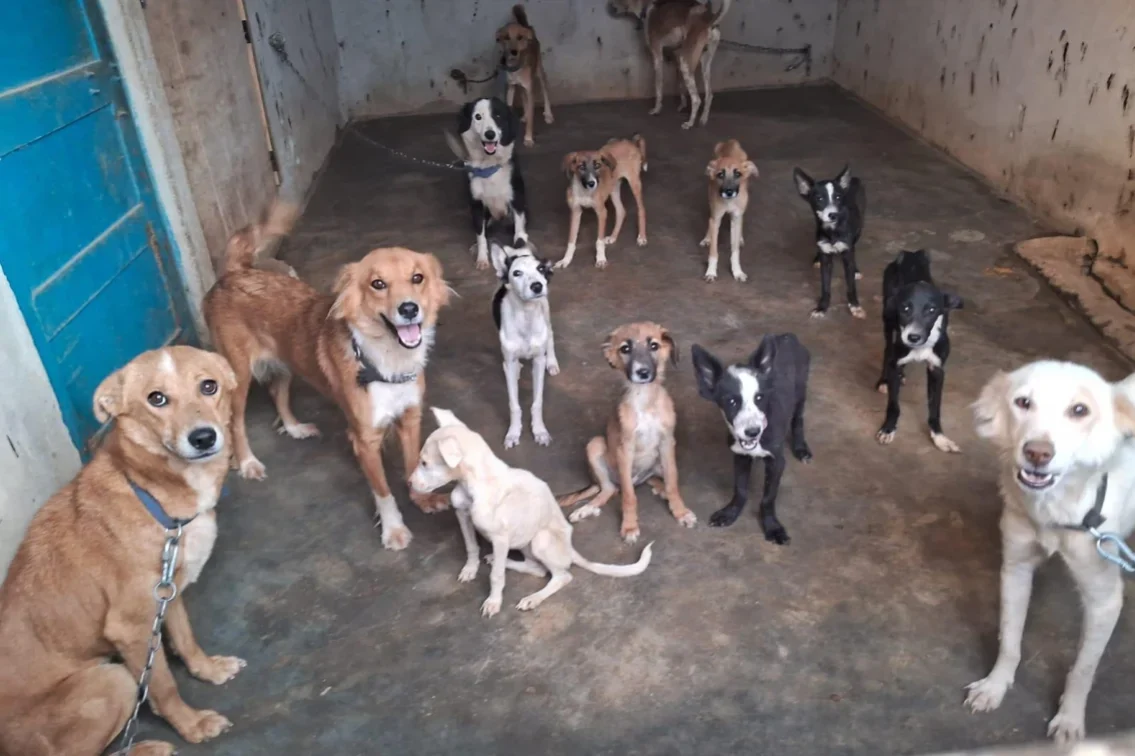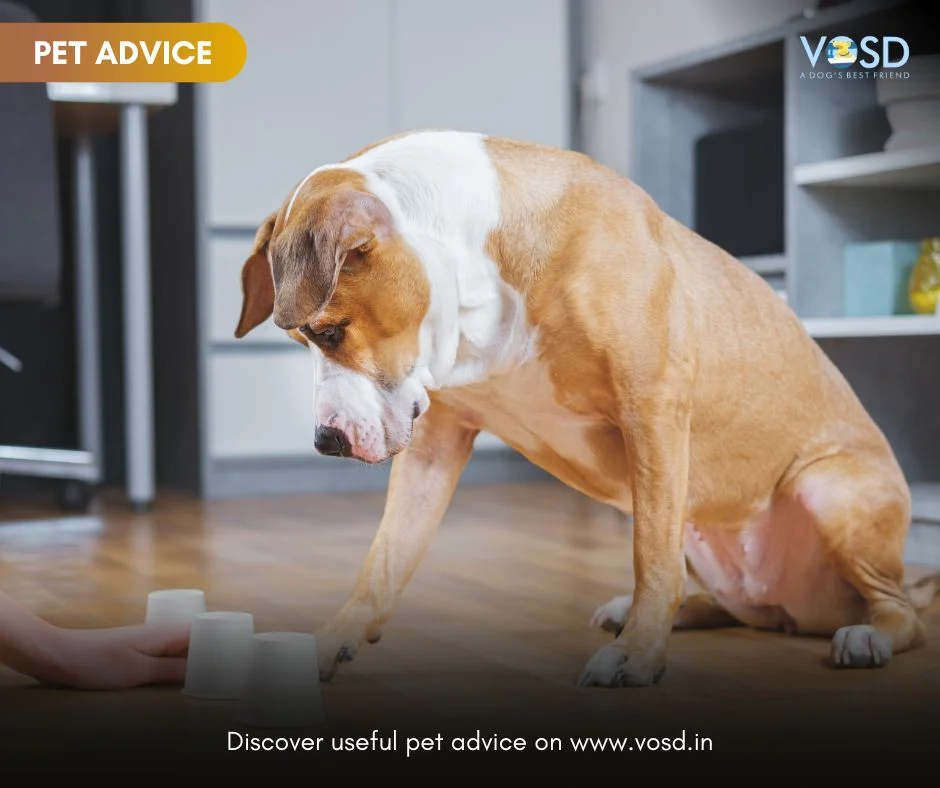What is Parvovirus?
Para 1- Parvovirus is a disease that affects many dogs, and is especially dangerous because of how contagious it is. It spreads through faeces mainly. Parvo can be prevented with vaccinations that happen on time for all dogs. All dogs should get a parvo vaccine at a young age. Parvo in dogs can become serious in a matter of days. It affects the gastro-intestinal tract.
Para 2 – Who is at risk? (Young puppies and unvaccinated dogs)
The risk factor is higher in puppies that are not vaccinated. Older dogs are also at risk without the prerequisite injections. Stray dogs that have not been given vaccines are more likely to pass it to each other, which is why it’s important to get strays vaccinated before they’re back in their zones.
Reference – https://www.akc.org/expert-advice/health/parvo-in-dogs/
Critical information about Parvo:
● It is one of the most frequent killers of dogs and is almost always fatal because of the stage at which it starts getting treated
● There is NO CURE for Parvo and has a kill rate > 90% but with aggressive treatment we’ve seen a survival rate of ~ 50%
● It is deadly and very common. So you might miss a rabies shot for your dog but do not miss one for Parvo
● The first line of defense for a dog is ‘vaccinating’ the dog. The second line is to keep pups and dogs de-wormed at all times.
● If your dog has diarrhea and it starts getting bloody and/ or has mucous you need to take the dog immediately to a vet. Any delay on your side to get aggressive treatment from the beginning and your dog will die.
● Don’t let your vet determine by ‘examination’ and ‘guess work’ – the dog has to take a test. Even then tests are not always positive since symptoms need to set in sometimes for the kit to work properly.
● Isolation of the dog and aggressive treatment are critical for the dog. Don’t let someone else take the responsibility for it – its your dog! Now read on,
A Sneak Peek into Our Charity for Dogs – VOSD has rescued 8,000+ dogs, given 250,000+ state-of-the-art free treatments
Spread of Parvo:
Parvo comes from a single stranded RNA.
● The virus is very highly contagious (more than distemper)
● It is very stable – it can stay outside the host body for up to 9 months till it comes with a dog
● It is shed profusely by a host dog in its excreta – so communicability is massive
● The ONLY thing that will deactivate the virus is common household chlorine bleach – so please disinfect the whole area thoroughly several times a day where a Parvo Dog is isolated.
Signs & Symptoms of Parvovirus
You will notice signs of parvo within three to seven days. Parvo in puppies will show itself in the form of lethargy and exhaustion. They will also suffer from a fever more often than not. When the parvo becomes worse, dogs will suffer from uncontrollable loose motion and vomiting. When puppies get too sick, they get hypothermia or a high heart rate.
Parvo in puppies needs immediate treatment.
Reference – https://vetmedaz.com/2015/04/01/parvo-symptoms-treatment-prevention/
https://www.petmd.com/dog/conditions/infectious-parasitic/c_dg_canine_parvovirus_infection)
Stages of Parvovirus infection
There are many stages of parvo, ranging from initial infection to extreme illness and finally (and hopefully) recovery. Infection occurs from the environment – whether from another infected dog, coming in contact with the faecal matter of another dog, or during breastfeeding from a mother dog to its offspring. People are also capable of causing the infection simply by being in an unhygienic environment themselves. An unhygienic vet clinic where the vet handles dogs without washing up in between is one way to infect a dog too.
When the infection sets in, it’s called incubation. The virus infects the lymph nodes and tonsils. The virus multiplies extremely fast, so it can affect the entire dog’s body quickly.
Illness comes as a sign of this incubation. You will notice the fever, vomiting, and weakness. It is best to take your dog to the vet before this becomes too dangerous.
Recovery occurs when the dog is given adequate nutrition and rest. It can also differ according to the seriousness of the illness. Try and make your dog as comfortable as it can be and give it healthy meals, along with medication that is prescribed.
Symptoms & progression of Parvovirus:
The first sign of Parvo is lethargy and diarrhea. Usually the second symptoms would be loss of appetite or diarrhea followed by vomiting.
● Dogs that develop the disease show symptoms of the illness within 3 to 7 days.
● Other symptoms include lethargy, vomiting, fever, and diarrhea.
● Diarrhea and vomiting result in dehydration and secondary infections can set in. Due to dehydration, the dog’s electrolyte balance can become critically affected.
● Once the virus gestates and matures it enters the blood stream through the stomach lining. Any breach in the stomach lining is therefore critical – therefore no dogs in your care should have worms. Keep them de-wormed strictly.
● Once the stomach lining is breached it causes massive diarrhea (usually bloody or very dark and with mucous) and its has a peculiar sickly sweet smell). At this stage the normal intestinal lining is also compromised. Blood and protein leak into the intestines leading to anemia and loss of protein, and endotoxins escaping into the bloodstream, causing endotoxemia. Dogs also start developing the distinctive sickly sweet odor in this stages of the infection. The white blood cell level falls, further weakening the dog. Any or all of these factors can lead to shock and death.
Preventing Parvo – Vaccinations:
● Dose ’0′: If the dog is less than 40 days old give it a vaccination called ‘PuppyDP’. Each day delayed exposes the puppy more
● Dose ’1′: For puppies > 40 days old and if they have had, or not had Puppy DP – they need to get the 1st dose of the DLHPPi ( 7-in-1 / 8-in-1/ 9-in-1) vaccine. This is the 1st dose.
● Dose ’2′: 2nd dose of DLHPPi 1 month from dose ’1′
● Dose ’3′: 3rd dose of DLHPPi 1 month from Dose ’2′
● Thereafter 1 booster dose every 1 year.
● If you have an adult dog you repeat steps 5 and 6
Vaccinations is the only defense your dog has – do it diligently.
Diagnosis & Treatment:
As soon as you suspect Parvo take the dog to a vet. CRITICAL: If symptoms start your dog can’t have ANY oral food for for upto 5 days. Only IV. DO NOT try and counteract loss of appetite with force feeding.
1. Your/his/her first act should be to run a diagnostic test using a Parvo test kit. This is a biochemical and uses body secretions.
2. If the test shows Parvo, the doctor will prescribe isolation and a line of treatment (2 to 3 times a day). Do NOT miss ANY fluid and antibiotic treatment. Not one. Your dog is fighting a loosing battle and you’re the only chance he’d got.
3. Following treatment needs to be in effect immediately
● Immediate administration of CanGlobe P – a Parvo Immunoglobin
● Repeat the immunoglobin on Day 0 + 2 or 3
● IV treatment (basic B-complex vitamins, dextrose and potassium chloride) with
● Colloids (e.g., Hetastarch)
● Antinausea/antiemetics (Rantac & Emset)
● Broad-spectrum antibiotics (cefazolin/enrofloxacin, ampicillin/enrofloxacin, metronidazole, enrofloxacin)
● Analgesic medications can be used to counteract the intestinal spasms
Further management
Once the dog stops showing symptoms – you’ll need to administer the test again. Once the test is clear he dog SHOULD be vaccinated as in above.
Parvovirus in Dogs: All your queries answered
Can a Vaccinated Dog Get Parvo?
Trust us, vaccination is the best preventative care you can give to your dog. Yes, there are always chances of getting parvo, but they are greatly reduced when you get your dog the parvo vaccine. You will have to go back for booster shots so make sure you don’t leave that for another day and go as scheduled with the local veterinarian.
Can a Dog Get Parvo Twice?
Dogs usually get it only once, as they build immunity to the disease. If you’ve adopted an older dog, it is still important to get vaccinated again if the dog has suffered from parvovirus before.
How to Prevent Parvo?
Vaccinations! The parvo vaccine is a specific vaccine that will be scheduled quite frequently when your pup is young. It’s usually given every month from the time your dog is 6 weeks to at least 15 to 16 weeks of age.
Can humans catch parvovirus from dogs?
Do you really want another virus? The answer is no, you probably won’t get parvovirus. However, wear protective gear (gloves, mask) when you handle a dog suffering from parvo.
Reference – https://www.petmd.com/dog/conditions/infectious-parasitic/c_dg_canine_parvovirus_infection
https://www.bluecross.org.uk/pet-advice/parvovirus-dogs)
Get a second medical opinion
At VOSD, dogs of all kinds are given a home for life. These dogs have no other place to call home. We want to help all dogs even if they cannot come live with us. This is why we offer a service for a medical opinion, if you think your dog is showing any signs of parvovirus. Visit the link https://vosd.in/our-services/second-medical-opinion/ to know more.





